Airlocks in kitchen sink drains can be a frustrating issue to deal with, interrupting the flow of water and causing potential damage if not resolved promptly. This guide provides a step-by-step approach to help you identify and how to fix airlock in kitchen sink drain, helping to restore functionality and prevent further complications.
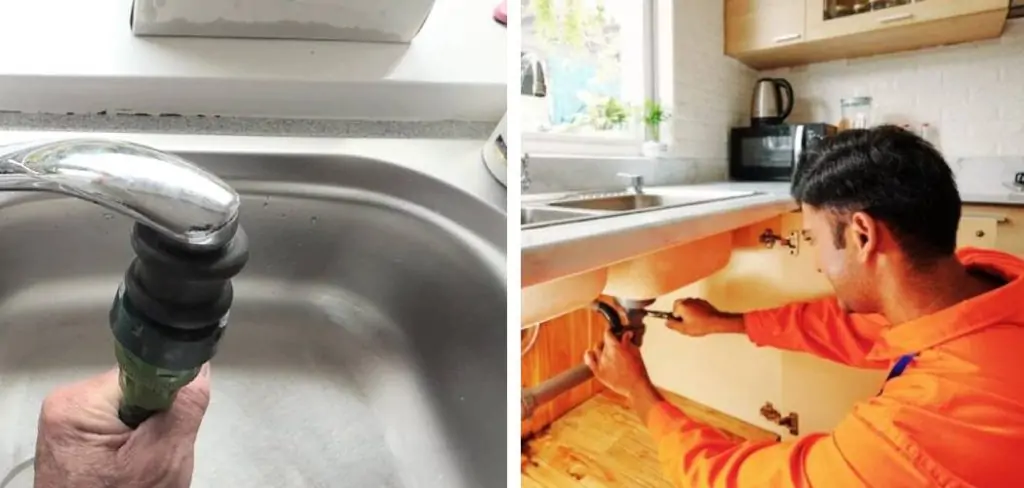
What Causes Airlock in Kitchen Sink Drain?
As mentioned earlier, there can be multiple reasons for an airlock in your kitchen sink drain. One of the most common causes is improper installation of pipes. If the pipes are not installed at a slight downward angle, water can get trapped, leading to an airlock. Another cause could be a clog in the pipes, which can also trap air and prevent proper drainage. Additionally, changes in water pressure, such as a burst pipe or air being introduced into the system, can also lead to an airlock.
Step-by-step Guide on How to Fix Airlock in Kitchen Sink Drain
Step 1: Identify the Problem
The first step in fixing an airlock in a kitchen sink drain is to identify the problem. An airlock occurs when air becomes trapped in the pipes, preventing water from flowing freely. This can happen due to a clogged or improperly installed drain, or if there is a blockage in the vent pipe. Ensure to observe the flow of water from your tap into the sink.
If the water appears to drain slower than normal or if it does not drain at all, this can be a sign that there’s an airlock in your pipes. Additionally, listen out for gurgling sounds from your drain, which can also indicate the presence of an airlock. If these symptoms align with what you’re experiencing, it’s likely you have an airlock in your kitchen sink drain.
Step 2: Turn Off Water Supply
Before beginning any repairs, it is important to turn off the water supply to your sink. This can generally be done by locating the valves under your sink and turning them clockwise until they’re tight. It is crucial to confirm that the water is completely off before proceeding to the next steps. Open the faucet to check if water is still flowing out. If there is no water coming out, then you have successfully turned off the water supply. By doing this, you prevent any water from flowing while you’re working, which not only helps create a safe work environment but also mitigates the chance of additional messes.
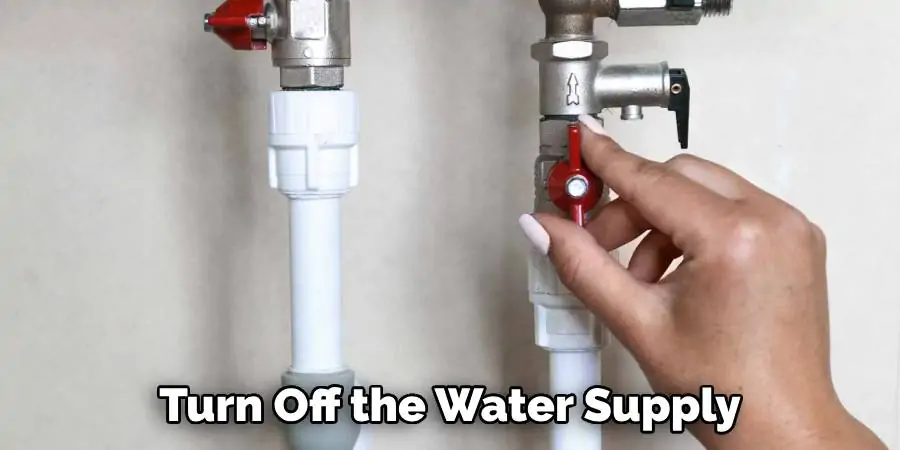
Step 3: Locate the Airlock
Once you have identified the problem and turned off the water supply, the next step is to locate the airlock. Start by placing a bucket under your sink to catch any excess water that may come out during this process. Then, remove the trap from underneath your sink. The trap is a curved section of pipe that connects your sink drain to the main plumbing line. It can be located under your sink and can usually be unscrewed by hand.
Step 4: Use Plunger
If the airlock is caused by a clog in your drain, use a plunger to try and dislodge the obstruction. Fill your sink with enough water to cover the rubber part of the plunger, then place it over the drain and push down firmly until you create a seal. Pump up and down several times for about 30 seconds, then release. If this does not work, try using a plumbing snake or drain auger to remove any stubborn blockages.
Step 5: Snake Your Drain
If plunging does not fix the issue, you may need to use a plumbing snake or auger to remove any stubborn clogs in your drain. Insert it into your drain and twist it clockwise until you feel resistance, which indicates that you’ve reached the clog. Gently push against the obstruction and then twist the snake to dislodge the clog. Again, pull the snake out of the drain, bringing up any debris that was causing the blockage.
You might need to repeat this process a few times until no more debris comes out. After successfully removing the clog, reassemble your sink trap and slowly turn your water supply back on. This should resolve the airlock problem. As always, if the issue persists, consider reaching out to a professional plumber.
Step 6: Check Vent Pipe
If neither plunging nor snaking works, check your vent pipe for any blockages that may be causing an airlock. You can use a plumbing snake or auger to clear out any debris that may be blocking airflow in the vent pipe. Start by inserting the snake or hose into the vent pipe and pushing it down until you feel some resistance. This resistance could be the debris causing the blockage. Once you’ve located the blockage, twist the snake or hose to break up the debris and then pull it out.
Repeat this process until you’re sure all obstructions have been removed from the vent pipe. After clearing the vent pipe, turn on your water supply and check if the water is draining properly. If the issue persists despite these steps, it’s advisable to contact a professional plumber to examine and rectify the problem.
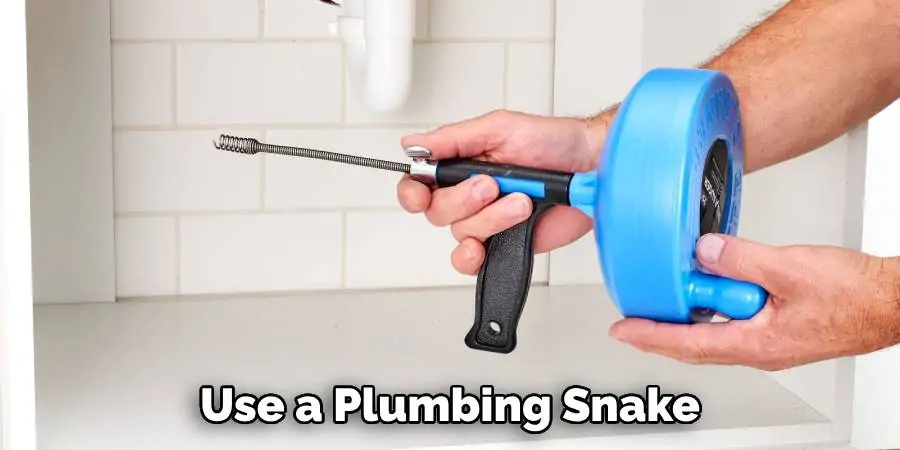
Step 7: Turn Water Supply Back On
After completing these steps, turn your water supply back on to test if the airlock has been resolved. Turn on your faucet and check if there is a steady flow of water into your sink without any slow draining or gurgling sounds. If everything appears to be working correctly, then congratulations – you have successfully fixed the airlock in your kitchen sink drain!
Step 8: Call a Professional
If none of these steps work, it may be time to call a professional If none of these steps work, it may be time to call a professional plumber. They will have the necessary tools and expertise to fix any complicated airlock issues in your kitchen sink drain. Professional plumbers not only have the necessary skills, but also have a deep understanding of local plumbing codes and regulations. They can diagnose the root cause of the problem, provide effective solutions, and ensure that the solutions are implemented in a safe and secure manner. Their services can help avoid potentially damaging DIY mistakes and save you time and effort in the long run.
How to Prevent Airlock in Kitchen Sink Drain
While airlocks can be a common and frustrating issue, there are steps you can take to prevent them from occurring in the future. Here are some tips for maintaining a well-functioning kitchen sink drain:
- Regularly clean your drain by using natural solutions like boiling water, vinegar, and baking soda.
- Avoid pouring large amounts of food scraps or grease down your sink drain.
- Install a drain filter to catch any debris and prevent them from clogging your pipes.
- Periodically check your vent pipe for any blockages or obstructions that may cause airlocks.
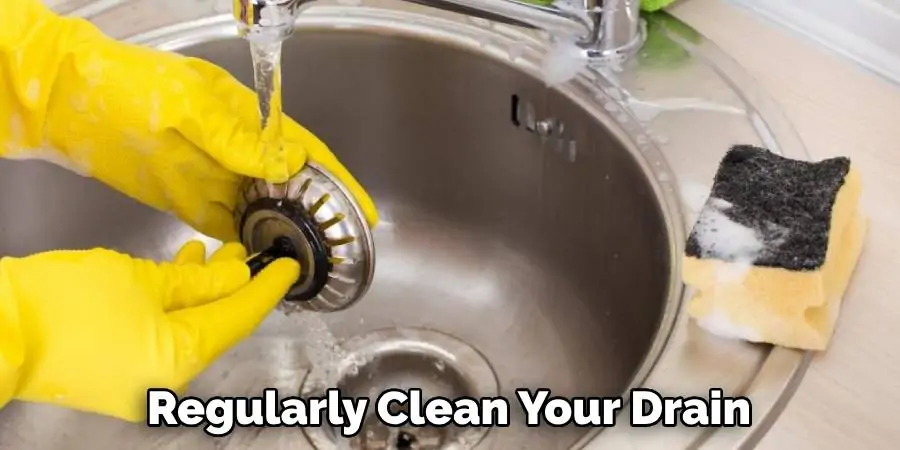
By following these preventive measures, you can minimize the chances of an airlock occurring in your kitchen sink drain. However, if the issue persists, it is always best to seek professional help to avoid any further complications. Remember, proper maintenance and care for your kitchen sink drain can also prevent other common plumbing problems in the future. So, it is important to take the time and effort to keep your drains clean and clear. By doing so, you’ll not only save yourself from headaches caused by airlocks, but also prolong the lifespan of your plumbing system. So next time you encounter an airlock in your kitchen sink drain, don’t panic – just follow these steps and reach out to a professional if needed for a hassle-free solution!
Frequently Ask Question
Can a Kitchen Sink Drain Get Air Locked?
Yes, a kitchen sink drain can get air locked. This occurs when there is a blockage in your plumbing system that prevents the free flow of air and traps it in the drain. The trapped air creates an airlock, resulting in slow draining or no water flow at all.
How Do I Get Rid of Air in My Sink Drain?
To get rid of air in your sink drain, try using a plunger or a plumbing snake to clear any clogs. If that doesn’t work, check your vent pipe for blockages and remove them using a plumbing snake or auger. You can also seek professional help if the issue persists.
How Do You Remove an Airlock From a Drain Pipe?
To remove an airlock from a drain pipe, start by turning off your water supply and disassembling the sink trap. Then use a plunger or plumbing snake to clear any clogs in the drain. If that doesn’t work, check and clear any blockages in your vent pipe. Finally, reassemble your sink trap and turn on the water supply to check if the airlock has been resolved.
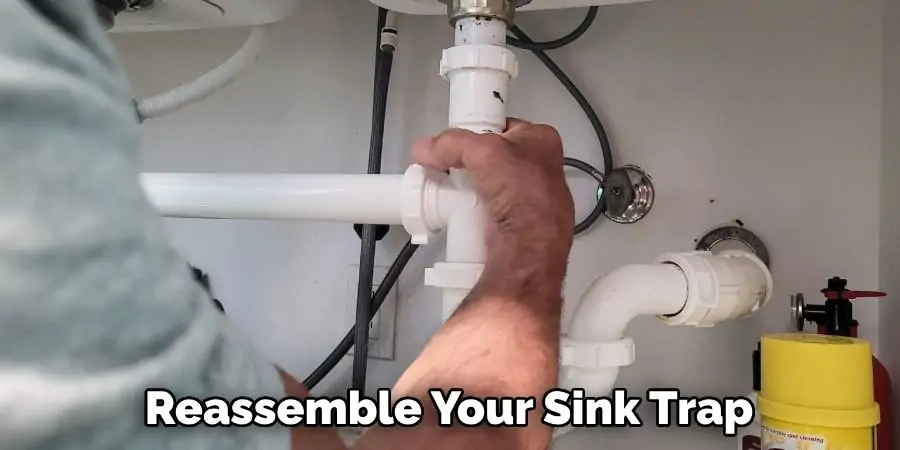
Conclusion
In conclusion, fixing an airlock in your kitchen sink drain may seem daunting at first, but with the right tools and techniques it can be easily resolved. By following our step-by-step guide, you can avoid a clogged and overflowing sink that can cause further plumbing issues in your home. Remember to always take precautions when dealing with water and electrical equipment and never hesitate to call a professional if you feel uncomfortable or uncertain. With these tips, you can now confidently troubleshoot and fix any future airlock issues without breaking a sweat.
So don’t let an airlock stop you from enjoying a clean and functional kitchen sink – take matters into your own hands and resolve the problem today! Your dishes will thank you for it. Share this post with your friends and family who may also need some plumbing help to keep their sinks in top shape. Remember, knowing how to fix airlock in kitchen sink drain is a valuable skill that will save you time, money, and stress in the long run. Happy repairing!
